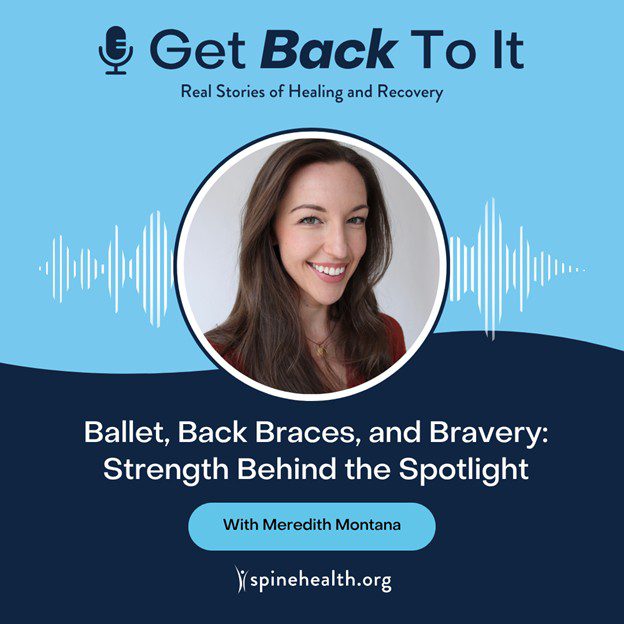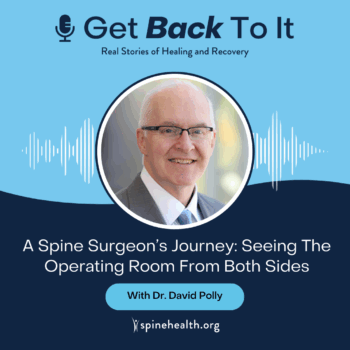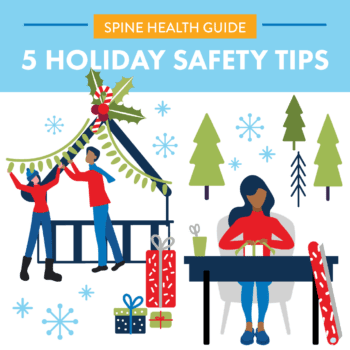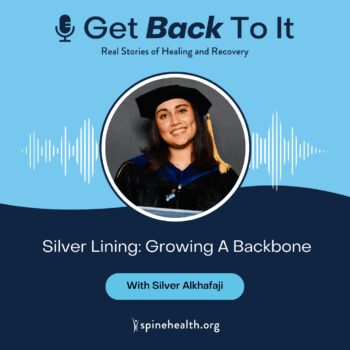Summary:
At just 11 years old, a young dancer was diagnosed with scoliosis—a condition that progressed rapidly, eventually requiring a 15-level spinal fusion. In this inspiring episode, she shares her journey through bracing and the challenges of adolescence, all while holding onto her dream of dancing. Hear how she reclaimed her strength, rediscovered her rhythm, and now performs on some of the world’s biggest stages—with rods in her spine and resilience in her heart.



